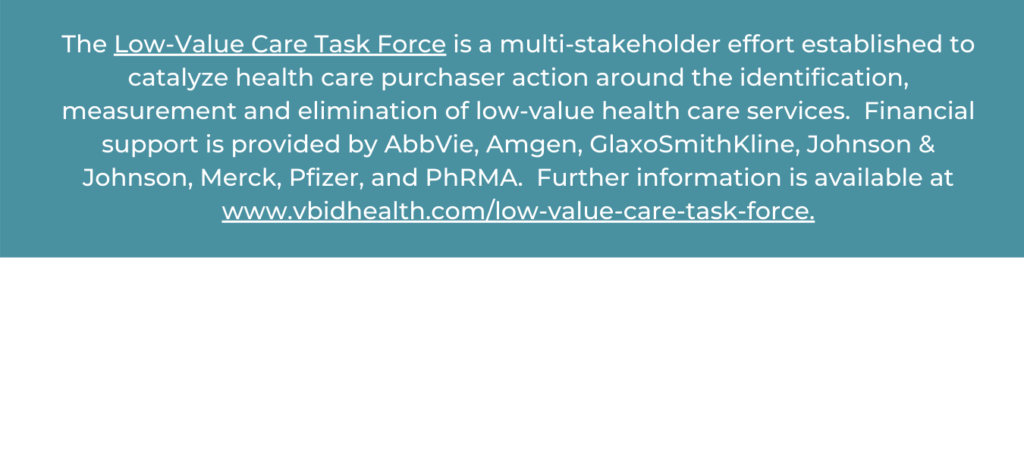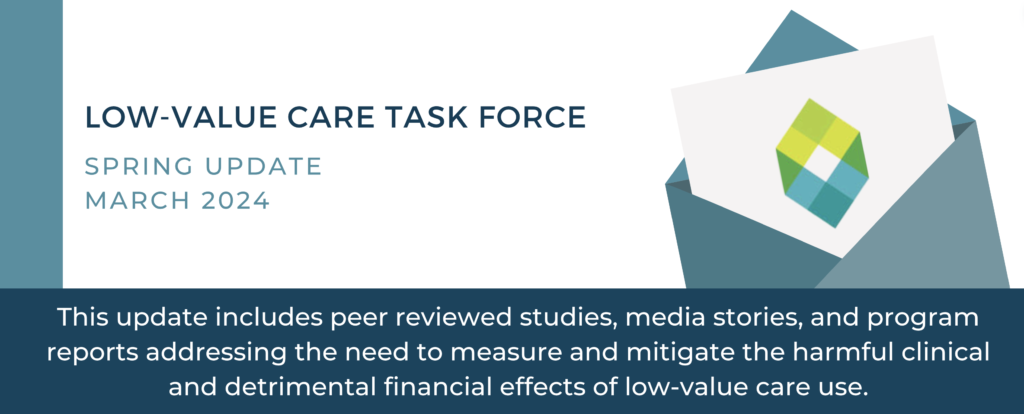
- Unnecessary Care Costs Millions | Dec. 2023 Washington State Health Waste Calculator
- Trends in Low-Value Care Among Children’s Hospitals
- What Utilization Management Strategies Do Payers Use to Lower Cost?
- From Concept to Clinical Application: The Importance of Including Trust in LV Curricula
- Reducing Overuse of 3-Day Repeat Type and Screen Testing
- Reducing Care Overuse in Older Patients Using Professional Norms and Accountability
- “Nudging” Doctors to Reduce Overuse
- Tradeoffs Podcast: Hope, Hype or Harm? What We Know About New Cancer Screening Tools
Watch the 2024 V-BID Summit Recording
This year’s annual V-BID Summit: Overcoming Financial Toxicity brought together stakeholders from across the healthcare spectrum for discussions across four areas: successes and challenges of high-deductible health plans, enhancing preventive service use in the backdrop of Braidwood v. Becerra, improving access to essential medications, and why it’s so hard to reduce low-value care.

A Washington Health Alliance analysis couples the results of the Health Waste Calculator with the Neighborhood Atlas to examine waste by socioeconomic characteristics of the area in which services are received. Findings suggest profound disparities in the provision of unnecessary services – as deprivation increases, frequency of unnecessary services decreases. Authors stress the importance of understanding why these disparities exist, and aim to highlight these trends to inform a path toward limiting harm to residents who are currently on the margins of our healthcare system.
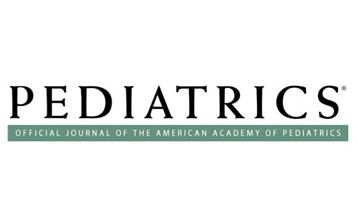
Low-value care is an established problem in the pediatric hospital setting, contributing to patient harms and unnecessary costs. This retrospective cohort study applied the Pediatric Health Information System LVC Calculator to measures of low-value care in emergency department and hospital encounters from 2016-2022. Findings suggest that performance improvement for treatments measures were more favorable than for diagnostic measures, which may inform prioritization of de-implementation efforts moving forward.

While health plans see utilization management strategies as critical to curbing high healthcare costs and reducing unnecessary services, these methods can also create a substantial burden for providers and cause care delays for patients. In this article, HealthPayerIntelligence weighs the risks and benefits of the three main types of utilization management strategies.

Medical education must incorporate trust-building skills to mitigate unnecessary procedures and treatments, thus improving patient outcomes and reducing healthcare costs. This article underscores that addressing trust within curricula not only enhances patient-provider relationships but also fosters a culture of shared decision-making, ultimately leading to more efficient and patient-centered care delivery. As healthcare systems strive for greater efficiency and effectiveness, prioritizing trust in medical education emerges as a fundamental component in the pursuit of high-quality, value-based care.
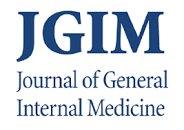
Inappropriate repeat Type and Screen (T&S) testing within 3 days is a costly medical waste that can lead to patient harm. In this JGIM study, researchers implemented a two-pronged electronic health record intervention in an effort to reduce unnecessary T&S testing. Findings suggest that proactive measures can lead to tangible improvements in healthcare delivery within large-scale safety net systems. Authors believe that this intervention provides a framework for similar interventions in various clinical settings.
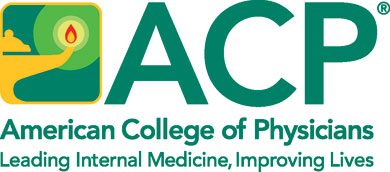
An Annals of Internal Medicine study sheds light on effective strategies for curbing care overuse in older patient populations by leveraging professional norms and fostering accountability. Findings underscore the significance of peer comparisons and feedback mechanisms in encouraging physicians to adhere to evidence-based practices and reduce unnecessary interventions in older patients. By fostering a culture of accountability and promoting adherence to established guidelines, healthcare systems can significantly mitigate the risks associated with overuse while optimizing care delivery for older adults, thus emphasizing the importance of organizational strategies in enhancing healthcare quality.

In a randomized control trial aimed toward nudging doctors to reduce low-value care, University of Michigan researchers tested three behavioral economics methods on 81 primary care clinicians: non-binding pre-commitment, deliberative thinking, and social information. Findings suggest that implementing simple nudges, such as default options or framing effects, can effectively steer clinicians towards evidence-based practices and reduce unnecessary tests or treatments, thereby promoting better healthcare outcomes and resource utilization. Read more here.

Companies claim they can catch cancer sooner with new blood tests and full-body MRI scans. Listen to this Tradeoffs podcast to hear Harvard researcher and primary care doctor, Ishani Ganguli, break down what we do and don’t know about this new wave of screening tests — and the unintended consequences they could have.
